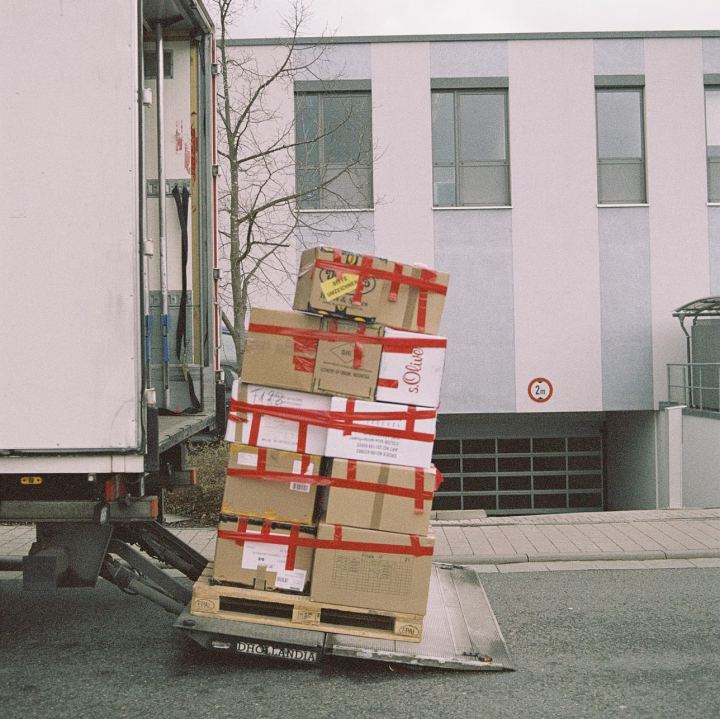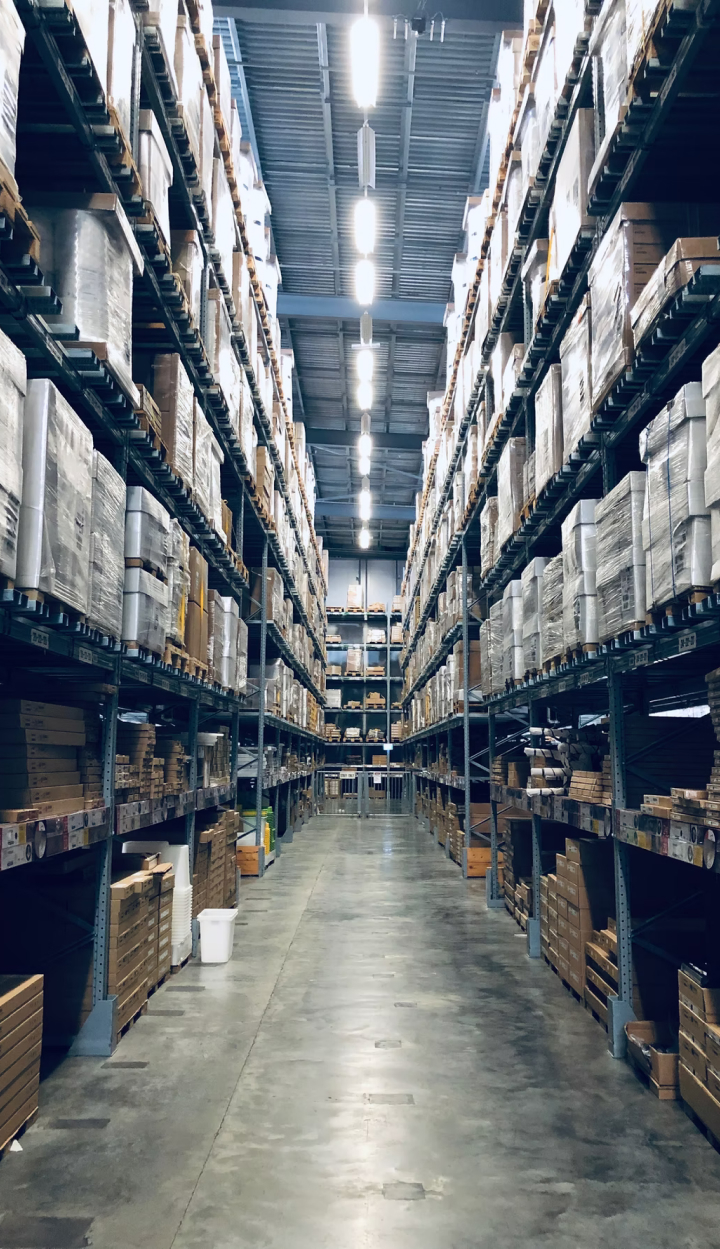Cross-Docking
What is Cross-Docking
Cross-docking involves two general categories: pre-distribution and post-distribution. Both are beneficial and have their particular advantages.
- Pre-distribution: in this model, predetermined distribution instructions dictate how goods are unloaded, sorted, and repacked. It is known who the customers are before the goods leave the supplier.
- Post-distribution: in this model, goods are not sorted until demand dictates which facility and customers they will be sent to. This can increase storage times, but retailers and suppliers can make wiser decisions about how to distribute their goods, based on forecasts, in-store inventory, and consumer trends.

General advantages of utilizing cross-docking services include:
- Reduced costs of storage, because products are spending less time in the warehouse
- Less inventory handling, meaning lower labor costs, as well as a lower risk of damaging goods, improving general product quality
- Faster delivery times, which are beneficial for the retailer

The Difference Between Cross-Docking and Warehousing
These aren’t the only differences, though. Cross-docking requires higher levels of coordination between partners, often using advanced technology to maintain a shipping model often referred to as JIT (just-in-time). In situations where both inbound and outbound trucking docks are available at the same cross-docking facility, a warehouse may eschew long-term storage entirely. In these cases, a cross-docking terminal can move inbound product from receivables to outgoing shipping without the need for long-term storage space. As you might imagine, this expedited material handling method significantly reduces shipping times and costs. It does, however, also require significant levels of coordination and reliability. Any delays or snarls in the supply chain can cause knock-on effects.

Cross-Docking with ShipWizard
ShipWizard offers 3PL cross-docking services as part of our suite of fulfillment solutions. To learn how ShipWizard can implement cross-docking for your company and save you money, contact us today.





